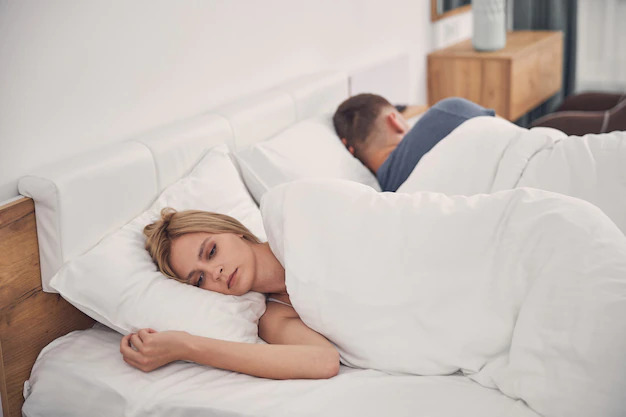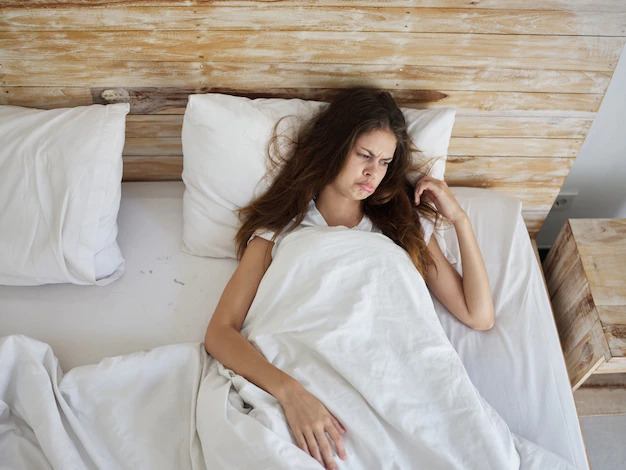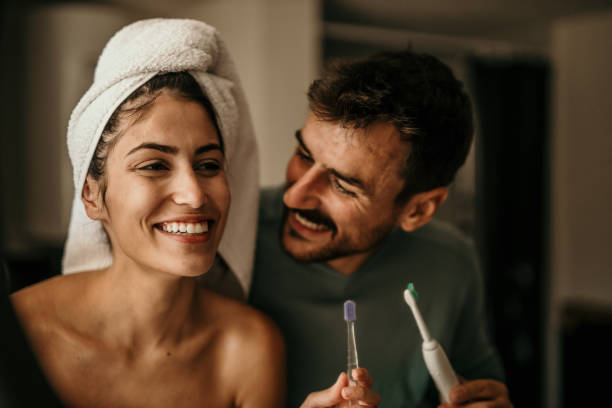
Difficulty or inability to achieve orgasm or climax despite adequate stimulation is known as anorgasmia. When this problem arises in women, it is known as female orgasmic dysfunction. Men can also experience anorgasmia, but this problem is rare in men. Sometimes a combination of physical, emotional, or psychological factors can lead to difficulty achieving orgasm, leading to anorgasmia. In today’s article, you will learn about what is anorgasmia or anorgasmia, its causes, symptoms, tests, treatment, and home remedies.
Table of Contents
What is Anorgasmia?
When one has difficulty achieving an orgasm or reaching orgasm, despite being aroused and having enough stimulation, this state of orgasmic dysfunction is called anorgasmia or anorgasmia. In this situation, a lack of orgasm bothers you and can spoil your relationship with your partner.
When this problem arises in women, it is known as female orgasmic dysfunction. Men can also experience anorgasmia, but this problem is much less common in men.
Orgasms can vary in intensity, duration, and frequency. Orgasm or climax can be reached with low sexual arousal, but sometimes a lot of sexual stimulation is necessary for orgasm. But many women have difficulty reaching orgasm with their partner even after sufficient stimulation. Studies show that orgasmic dysfunction or anorgasmia affects 11 to 41 percent of women.
If you are happy with the climax of sexual activity, there is nothing to worry about. But if you are worried about lack of orgasm or intensity of orgasm, talk to a doctor for a diagnosis of anorgasmia.
(Also Read: Ways To Avoid Unwanted Pregnancy For Couples)
Types Of Anorgasmia:
There are mainly four types of anorgasmia. These are…
Primary Anorgasmia: This is also known as lifelong anorgasmia. In this condition, women never get orgasm even after sufficient stimulation.
Primary anorgasmia is most common in people who:
- who are younger.
- who lack experience.
- who grew up in a repressive environment.
Secondary Anorgasmia: In this type of anorgasmia, there is difficulty or too much time in reaching orgasm.
Situational Anorgasmia: This is the most common type of anorgasmia. In this situation, you are able to achieve orgasm only under certain circumstances, such as oral sex or masturbation or only with a certain partner.
General Anorgasmia: In this type of anorgasmia, you are not able to have an orgasm under any circumstances or with any partner, in spite of excessive arousal and sufficient sexual stimulation.
(Also Read: What Is The Right Time To Do Pregnancy Test To Know Perfect Result?)
Causes Of Anorgasmia:
Determining the underlying cause of anorgasmia or anorgasmia can be difficult. Women may have difficulty reaching orgasm due to physical, emotional, or psychological factors. Factors that can cause this disease include:
Drugs:
A common cause of anorgasmia in both men and women is the use of anti-depressants, particularly selective serotonin reuptake inhibitors (SSRIs). Although reporting of anorgasmia as a side effect of SSRIs is not accurate, studies have found that 17–41% of users of such drugs are affected by some form of sexual dysfunction.
Changing Sexual Partners:
Often, changing sexual partners can affect this process. Because each person has their own “tantra” and “technique”. Physiological characteristics, For this reason, anorgasmia rarely occurs. It may be due to congenital or acquired anomalies in the development of the genital organs. It is very simple to determine, it is only necessary to visit a gynecologist. It should be noted again that this is extremely rare.
Gynecological Disease:
The fact is that due to its anatomical structure, some women experience pain during sex. Therefore, the achievement of intercourse is nothing less. It can be affected by diseases of the genitourinary system, adhesions, infectious diseases, and general vaginal dryness.
Hormonal Disorders:
For many women, it often depends from edge to edge. Especially during the reception of special drugs, which have many side effects. Diseases of the thyroid gland greatly affect the hormonal background of the woman.
What is more interesting and intelligent than a person is the level of mental development and intelligence, so it is not as difficult for him to relax and for the temperamental urges.
Relationship Issues of Anorgasmia:
Some of the interpersonal and social problems that couples may have affecting their sexual relationships may include:
- Lack of attachment with your partner.
- Unresolved disputes.
- Poor communication of sexual needs and preferences.
- Infidelity or unfaithfulness of a sexual partner.
(Also Read: Important Pre-marital Health Checkup Test)
Anorgasmia Symptoms:
The main symptom of orgasmic dysfunction called anorgasmia is the inability to achieve sexual climax. Other symptoms include unsatisfying orgasms and taking longer than usual to climax.
Women suffering from this disease may have difficulty in achieving orgasm during sexual intercourse or masturbation.
Anorgasmia Diagnosis:
If you experience symptoms of anorgasmia, you should contact your doctor. Your doctor can help diagnose your inability to have an orgasm and provide you with an appropriate treatment plan. Be sure to get help from your doctor if you want to fully enjoy sex again.
Your doctor will take information about your sexual history and do a physical exam to diagnose anorgasmia. The underlying cause is diagnosed with the help of tests.
(Also Read: Best Tips For Getting Pregnant Faster)
Anorgasmia Treatments:
Anorgasmia disease is treated depending on the cause. The following may be covered during the treatment process, such:
- Treating underlying conditions.
- Changing antidepressant medications.
- Cognitive-behavioral therapy (CBT) or sex therapy.
- Increasing clitoral stimulation during masturbation and intercourse.
- Some over-the-counter (OTC) and nutritional supplements.
- Couple counseling.
- In some cases, estrogen hormone therapy may be used to treat anorgasmia. Estrogen can help increase sexual desire and increase the amount of blood flow to the genitals for stimulation. Estrogen hormone therapy may include taking the pill, wearing a patch, or applying a gel to the genitals.
Anorgasmia Home Treatments:
There is an inability to achieve orgasm during intercourse. Diagnosis and follow-up treatment is carried out by a sexologist. You may also need to consult a gynecologist, urologist, endocrinologist, neuropathologist and psychologist. The success rate in treating situational anorgasmia is about 80-90%, and in secondary – 10-75%.
To begin with, the etiology of sexual dysfunction must be determined. And depending on the cause, appropriate treatment can be prescribed. This may happen:
- Medication (hormones, antidepressants);
- Physiotherapy (massage, reflexology, electrical stimulation);
- Psychotherapy.
(Also Read: How To Do A Pregnancy Test With Toothpaste At Home?)
Conclusion:
Anorgasmia is a serious problem that should not be neglected. Know about your body and don’t forget about your needs. Only when you are at peace and in harmony with each other, will you be truly happy.












Leave a Comment